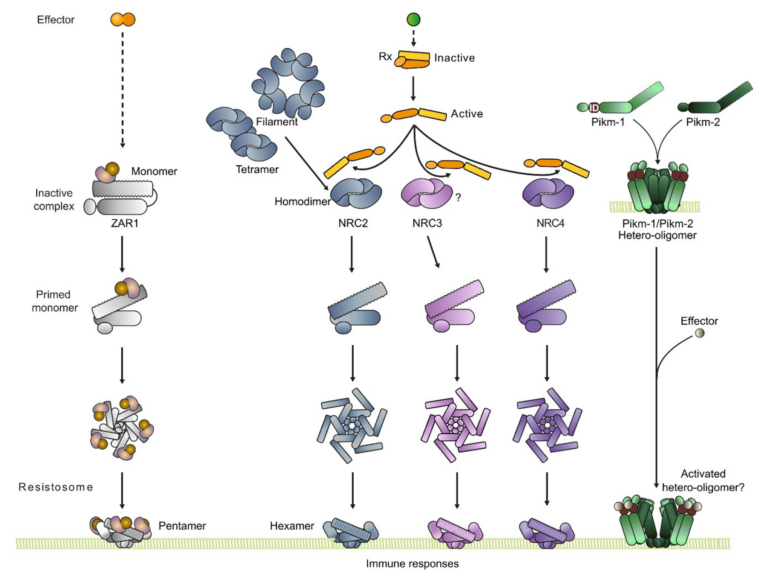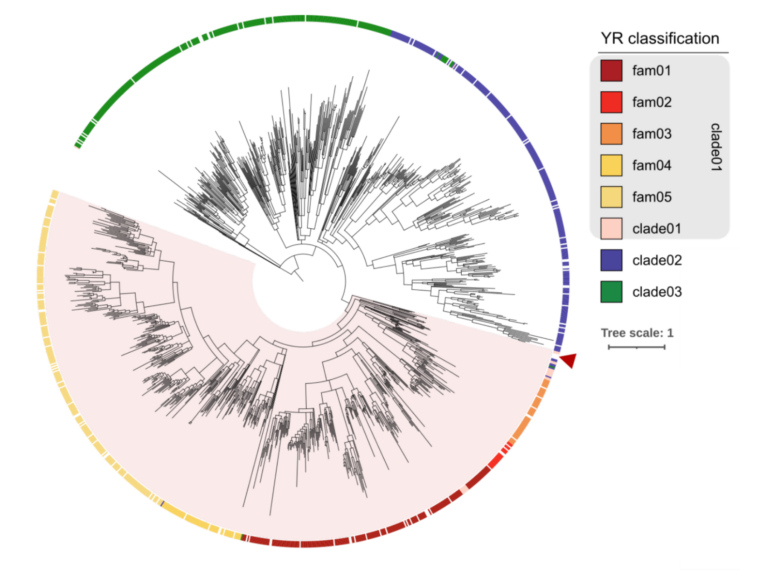Analysis of the genetic diversity of the soybean rust pathogen Phakopsora pachyrhizi reveals two major evolutionary lineages
Phakopsora pachyrhizi, an obligate biotrophic rust fungus, is the causal agent of Asian Soybean Rust (ASR) disease. Here, we utilized whole-genome data to explore the evolutionary patterns and population structure across 45 P. pachyrhizi isolates collected from 1972 to 2017 from diverse geographic regions worldwide. We also characterized in-silico mating-type (MAT) genes of P. pachyrhizi, in the predicted proteome of three isolates, to investigate the sexual compatibility system. Our molecular phylogenetic analysis in P. pachyrhizi inferred two distinct evolutionary lineages structured on a temporal scale, with lineage Pp1 grouping isolates obtained from 1972 to 1994, while more recently collected isolates formed a second lineage, Pp2. We found higher levels of genetic diversity in lineage Pp1, whereas lineage Pp2 exhibited a strong clonal genetic structure, with a significant lower diversity. The widespread propagation of P. pachyrhizi clonal spores across soybean-growing regions likely explains the absence of a large-scale spatial genetic structure within each lineage. Two independent isolates (TW72-1 and AU79-1) showed moderate levels of genetic admixture, suggesting potential somatic hybridization between the two P. pachyrhizi lineages. We observed no clear congruence between virulence levels of P. pachyrhizi isolates and their phylogenetic patterns. Our findings support a probable tetrapolar mating system in P. pachyrhizi. Taken together, our study offers new insights into the evolutionary history of P. pachyrhizi and demonstrates that multiple MAT genes are highly expressed during the later stages of soybean infection, suggesting their potential role in the formation of urediniospores within the life cycle of P. pachyrhizi.


